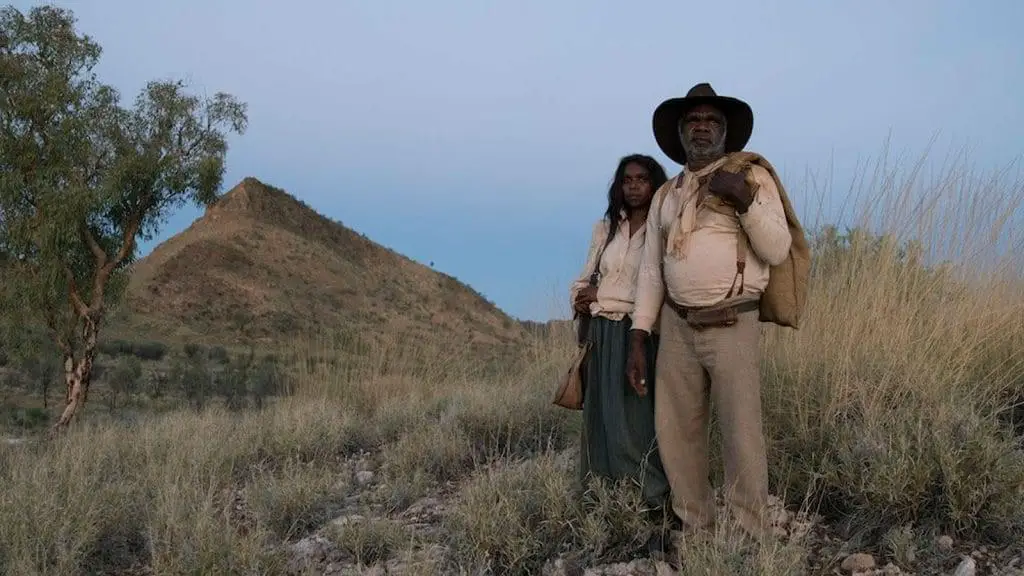
Regarding the younger audience, in the 1980s, Francis Coppola tried to appeal to them with what he called “art films for kids,” making “The Outsiders” and “Rumblefish.” His experiment wasn’t really successful, but is there opportunity for independent filmmakers to appeal to this audience today? Can they provide something better to the youth audience than what Hollywood is offering them?
It depends on what one thought “better” material might be. Depending on who you’re talking to, “better” might mean more sensational material that gets their attention because their attention spans are far shorter as they spend so much time watching TV or playing video games. So (filmmakers) are competing with a whole different animal these days. I don’t know that there’s such a thing as an intellectual youth market like there was in the 1970s, when younger people in college were really interested in films about issues that concerned them. I don’t think that’s so much the case today.
How has technology changed, storytelling?
I’m very big on story and have been all my life. I was raised in a very poor district of Los Angeles and the only entertainment we had as a family was going to see movies shown at the local public library on Saturday nights. That was it. And I read voraciously as a kid. I remember being introduced to Greek mythology at a very young age and being elevated by it, like I was being lifted to a small window that I could crawl through and move into a larger universe. I also come from a storytelling family, an old Irish family that communicated not by talking to each other but by telling stories. We got our lessons though those stories. So I’m very pro-story, and, therefore, the two greatest emphases at Sundance are story and character — both of which are weak in light of how new technology has dominated filmmaking. You can learn technology — such as lenses, cameras and lights — at a very early age, long before you learn about life. And young people are irresistibly drawn to the facility that they can exhibit with such tactile stuff. So a lot of young people feel that they can overpower the filmmaking experience with visual razzle-dazzle. That’s why when people move out of the commercial production field and try to apply their highly developed skills for craft to a story, they usually fail. It’s because they never spent enough time with the story — they don’t respect it enough. They think they can muscle their way through with camera tricks. As a result, Sundance is and always will be dedicated to storytelling and character development. And most filmmakers who come through our Lab process usually get beat up pretty good because they’re arrogant. Questioned about a story point, they say things like, “Oh I’ll just use a crane to shoot that scene.” A crane? What’s a crane going to do for your heart? I think that’s the tremendous downside of the recent techno explosion; we’ve moved too far away from the essential ingredient of a good film, which is a good story.
How does the Sundance development process differ from…
First of all, money is not an issue. And the writers going through our process are meeting with experienced writers to talk about writing. When you go through a development process at a studio, you’re meeting with an executive who may have their ego tied to their thinking they’re a writer. But they’re really an executive. So their fundamental interest in the process is going to be as an executive. At Sundance, there are no executives in the development process. It’s about the craft and problem solving — that’s what we drill into their heads. We also don’t own anything. We don’t have a financial interest in any of the projects. That automatically changes things. So we have a series of dialogues, not sessions like you might have at a studio in which an executive gives you notes. And those thinly disguised notes are about commerciality, not art or creativity. They’re about getting to the first action scene sooner. I just went through this myself with a project, so I know how it works. It was a wonderful character-driven piece and I could feel the push to get to the action as soon as possible. We’re committed to supporting writers for the long term, while in Hollywood it’s very rare that a single writer sees a script to completion. Five or six people have usually worked on it by that point.
Get the rest of the interview in part three of ROBERT REDFORD: THE SUNDANCE KID>>>
